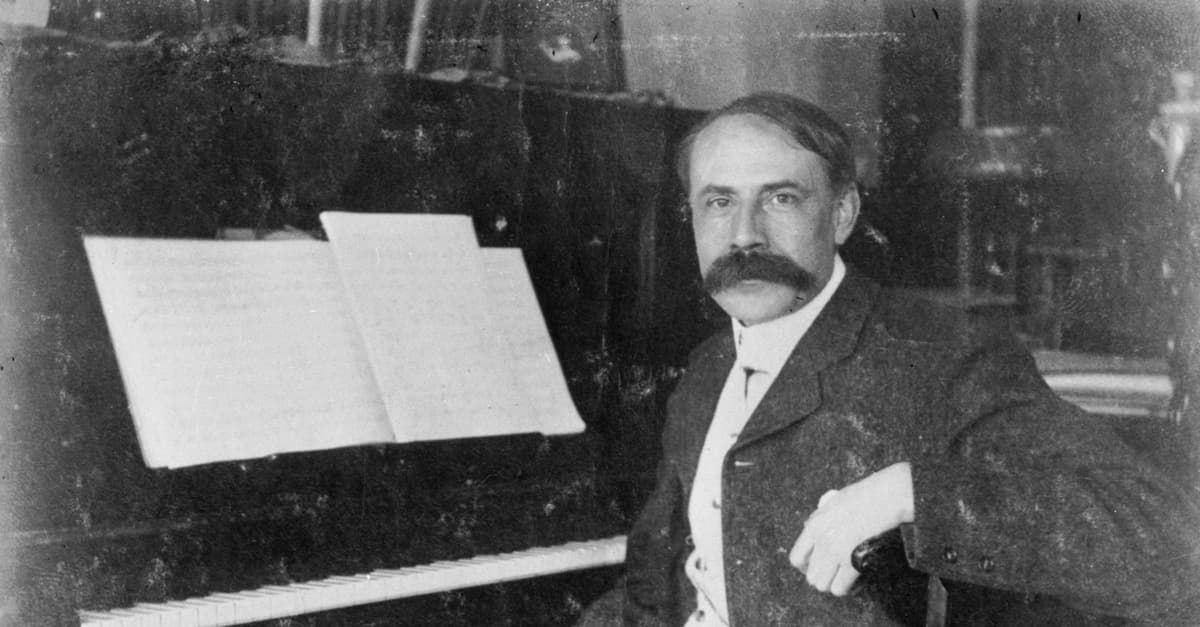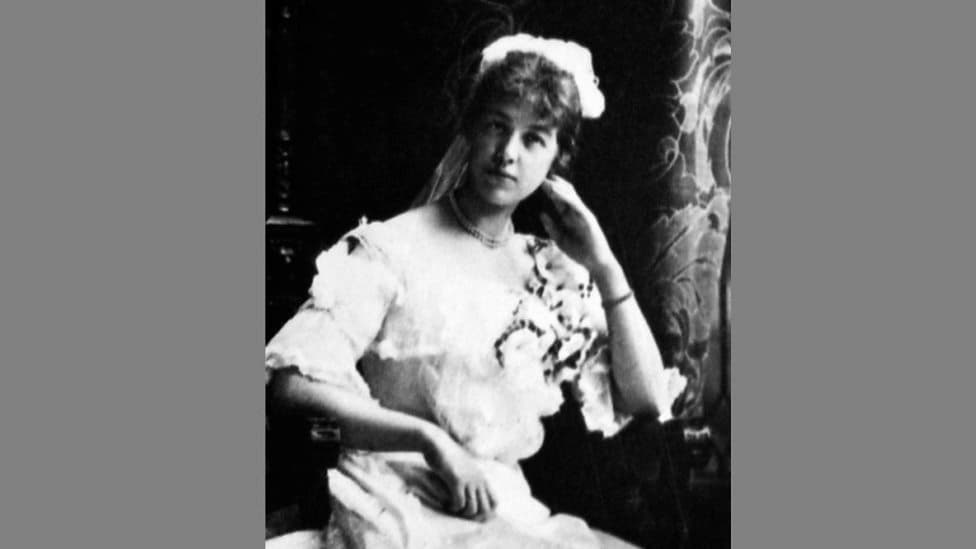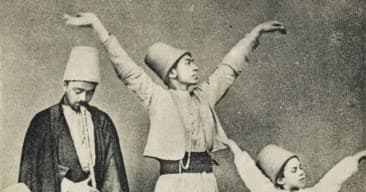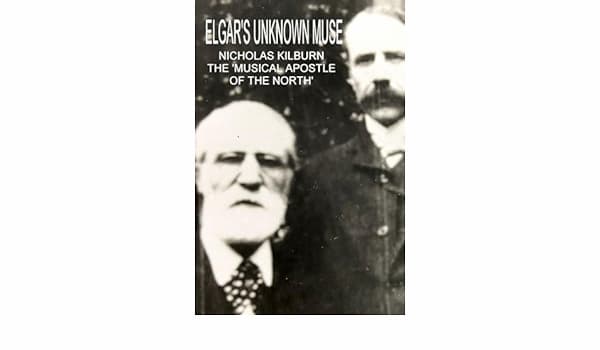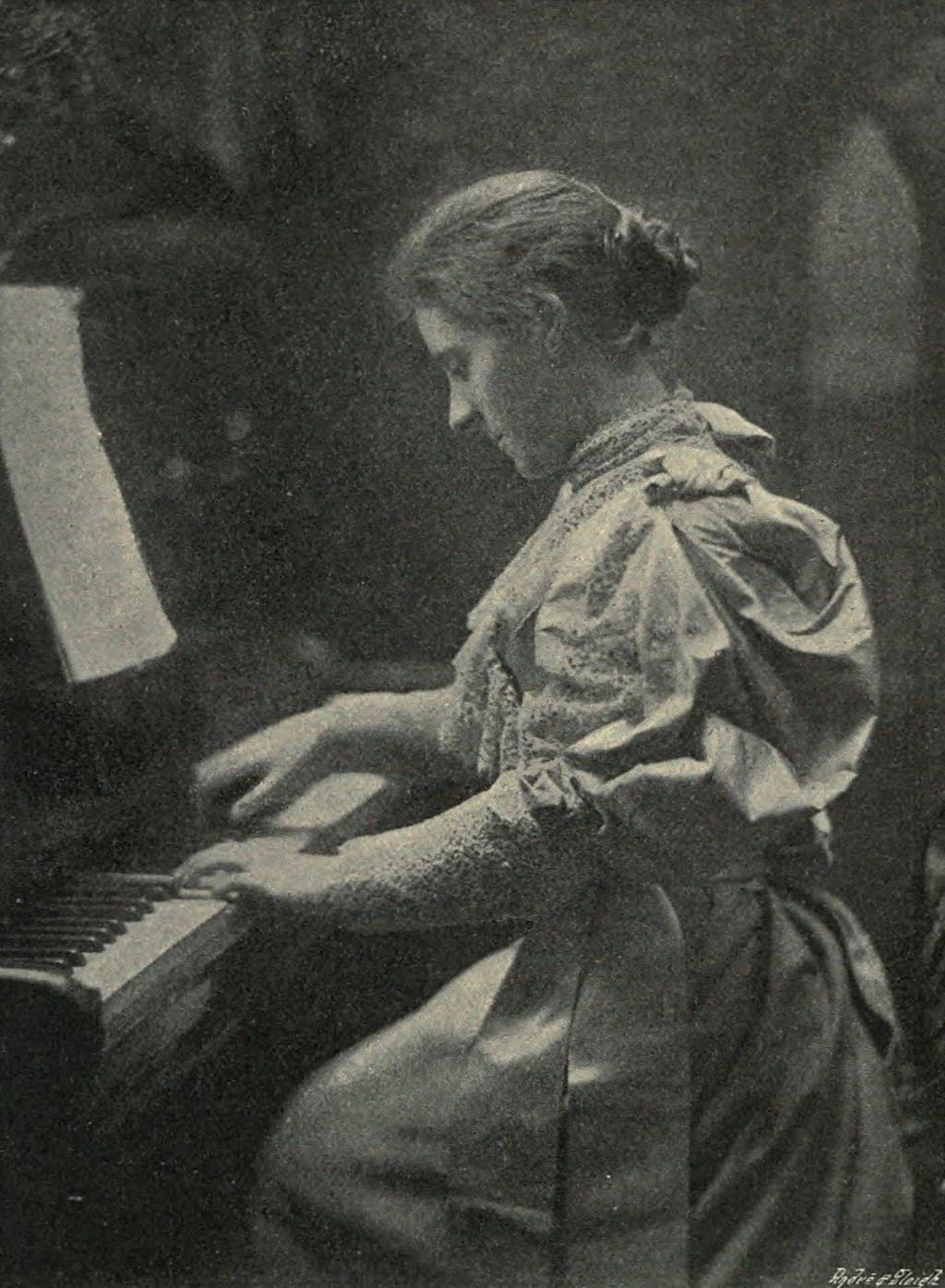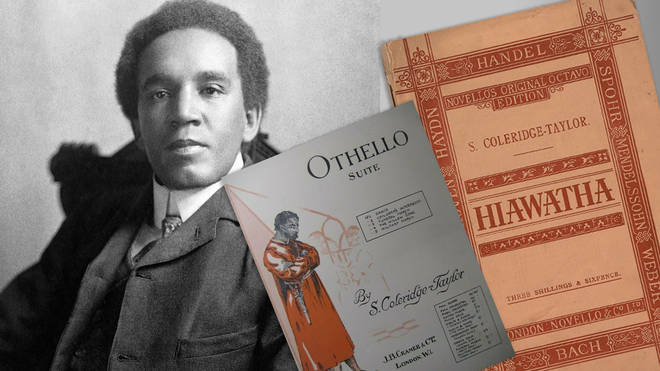Classical music sometimes has a reputation of being solely for elderly people. If that’s true (spoiler alert: it’s not), it’s certainly strange how many pieces of classical music are about childhood and youth.
Today we’re looking at classical music inspired by childhood.
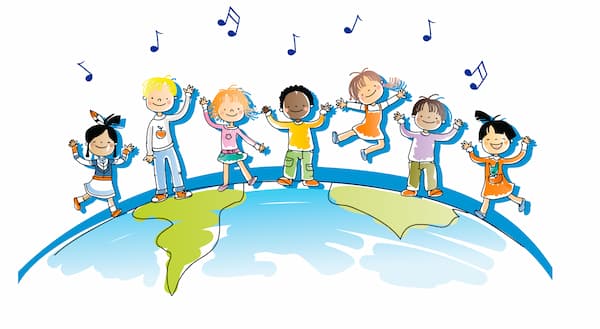
© soundgirls.org
Robert Schumann: Kinderszenen (1838)
Robert Schumann’s Kinderszenen (“Songs from Childhood”) is a set of thirteen pieces for solo piano about childhood.
Robert was twenty-eight at the time he wrote these pieces, and he was dating the nineteen-year-old piano superstar Clara Wieck.
For a variety of reasons, Clara had always been mature for her age, and at one point she observed that Robert was “like a child.” Robert, amused, decided to embrace his childlike nature, took her idea, and ran with it.
The pieces in this collection include Blind Man’s Buff, Knight of the Hobbyhorse, and, most famously, Dreaming (better-known by its German title, Träumerei).
Teresa Carreño: Mi Teresita (ca 1885)
Teresa Carreño was one of the most famous women composers of her generation, and Mi Teresita (“My Little Teresa”) is one of her most famous works.
It’s a waltz that was written for her third child, Teresita, who had been born in 1882. (As a bit of trivia, Carreño had six children in all: one by French violinist Émile Sauret, three by Italian baritone Giovanni Tagliapietra, and two more by German pianist Eugen d’Albert.)
Teresita would become a concert pianist like her mother.
Amy Beach: Children’s Carnival (1894)
In 1894, twenty-seven-year-old American composer Amy Beach wrote six charming piano pieces for young players. She called the works Children’s Carnival.
The Carnival portrayed different stock characters often found in commedia dell’arte or pantomime, such as the meddling merchant Pantalon, the street-smart and gossipy maid Columbina, and her nimble, quick-thinking love interest, Harlequin.
Beach portrays each character with sweet and satisfying innocence.
Claude Debussy: Children’s Corner (1906-08)
In January 1905, Claude Debussy’s married mistress Emma Bardac became pregnant. That spring, both Debussy and Bardac divorced from their respective spouses.
In October 1905, their little daughter Claude-Emma, whom they nicknamed Chouchou, was born. Debussy found Chouchou to be delightful beyond words.
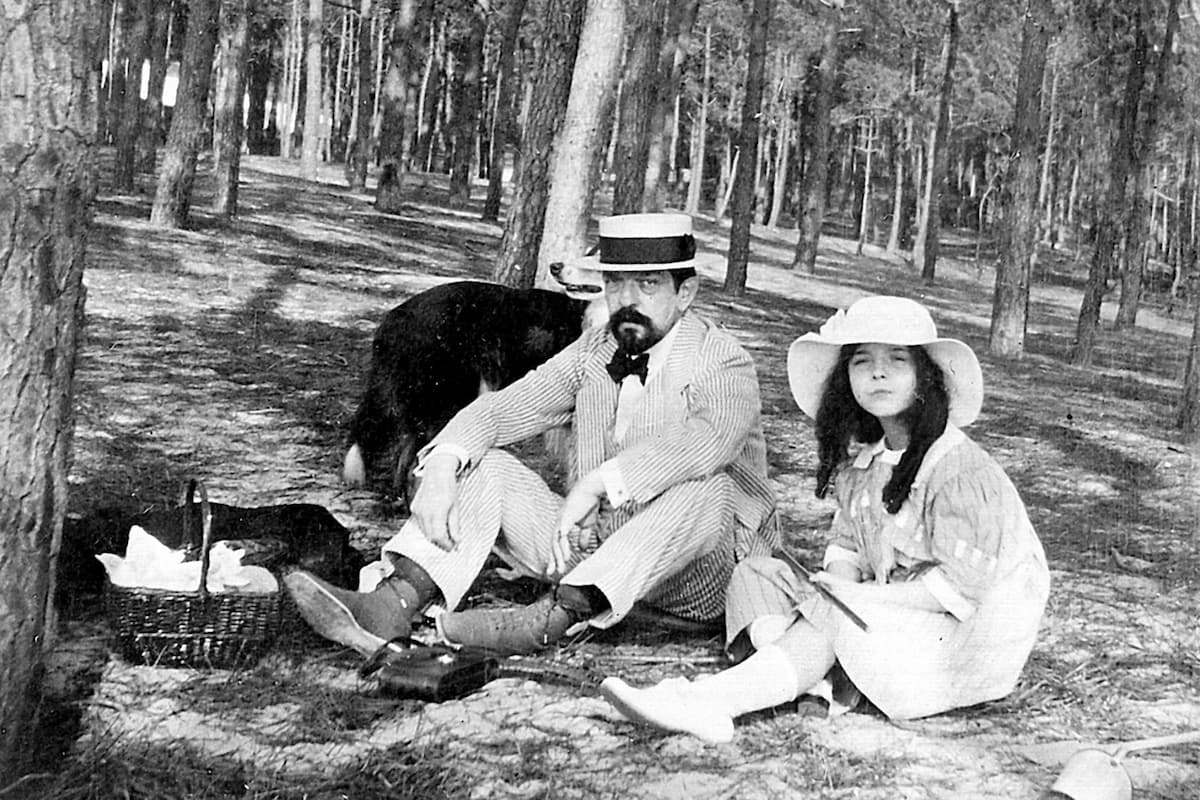
Debussy with his daughter Chou-Chou
To celebrate his love for her, he wrote a six-movement suite of piano pieces called Children’s Corner. The work’s translated dedication reads, “To my dear little Chouchou, with tender apologies from her father for what follows.”
Children’s Corner portrays various scenes from childhood, including a serenade for a doll, a lullaby for an elephant, and a portrait of dancing snow.
John Alden Carpenter: Adventures in a Perambulator (1914)
John Alden Carpenter was a composer born in Illinois in 1876. He studied music as a young man but chose not to make his living in music, instead joining the family shipping business as vice-president.
In 1914, he composed an orchestral portrait of his baby daughter Ginny’s day, perhaps taking inspiration from Richard Strauss, who, in 1903, had immortalized his own wife and baby in a tone poem called Symphonia Domestica.
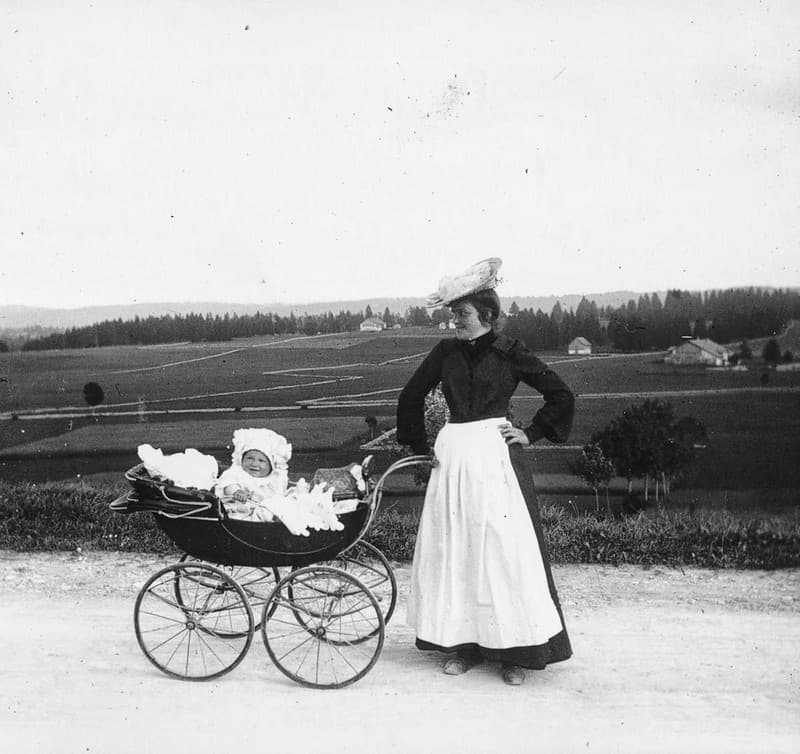
Baby in Perambulator
Carpenter provided an incredibly detailed description of Ginny’s day from her perspective:
Every morning – after my second breakfast – if the wind and the sun are favorable, I go out. I should like to go alone, but my will is overborne…
Almost satiated with adventure, my Nurse firmly pushes me on, and almost before I recover my balance I am face to face with new sensation. The land comes to an end, and there at my feet is The Lake…
We pass on. Probably there is nothing more in the World. If there is, it is superfluous. There IS. It is Dogs!
Read more about Adventures in a Perambulator.
Florence Price: “To My Little Son” (ca 1915)
Sometime around 1915, composer Florence Price set a melancholy poem by Julia Johnson Davis to music.
In your face I sometimes see
shadowings of the man to be
And eager dream of what my son shall be
in twenty years and one…
This was an especially poignant song for Price to set, as she lost a baby boy in infancy.
Edward Elgar: Nursery Suite (1931)
Nursery Suite is one of the last pieces of music that Elgar ever wrote. In 1930, a 73-year-old Elgar told a friend that he’d recently found a box of music in manuscript dating from his youth.
His friend suggested that he work them up into something to celebrate the recent birth of Princess Margaret. He agreed, and by the following year he produced a sweet little orchestral suite with movement titles like “The Sad Doll” and “The Merry Doll.”
Elgar expanded the dedication: the final work was dedicated to Princess Margaret, Princess Elizabeth (the future Elizabeth II), and their mother, the Duchess of York.
Sergei Prokofiev: Peter and the Wolf (1936)
Peter and the Wolf was commissioned by the director of the Central Children’s Theatre in Moscow. She wanted Prokofiev to write a special symphony for children.
Peter, the work’s protagonist, plays in a meadow, listening to a whole menagerie of animals symbolised by various instruments.
Peter’s grandfather warns him of a gray wolf who might come to attack him. On cue, the wolf makes an appearance. Luckily, with the help of his animal friends, Peter is able to catch it.
Hunters come out of the forest, ready to kill the wolf, but Peter convinces them to put the wolf in a cage and bring it to a zoo instead. They do so in triumphant formation. At the last minute, a quacking comes from the wolf’s stomach: he has eaten the duck whole!
The work has proven to be incredibly popular and enduring, and it is often used even today as an introduction to the orchestra and orchestral instruments.
Benjamin Britten: The Young Person’s Guide to the Orchestra (1945)
In the mid-1940s, composer Benjamin Britten was commissioned to score an educational documentary called Instruments of the Orchestra.
The main theme comes from another famous British composer: Henry Purcell‘s incidental music to Aphra Behn’s Abdelazer.
Each section shows off a different part of the orchestra, helping young listeners (of all ages!) to appreciate the uniqueness of each one.
Interestingly, there is a version with narration and another one without.
Samuel Barber: Knoxville: Summer of 1915 (1947)
Samuel Barber’s Knoxville: Summer of 1915 is for orchestra and soprano soloist. It is a nostalgic portrait of the narrator’s childhood.
The lyrics are from a 1938 prose poem by James Agee, describing the summer before his father died in a car accident:
On the rough, wet grass of the back yard, my father and mother have spread quilts. We all lie there, my mother, my father, my uncle, my aunt, and I too am lying there….They are not talking much, and the talk is quiet, of nothing in particular, of nothing at all. The stars are wide and alive, they seem each like a smile of great sweetness, and they seem very near…
Barber’s music beautifully captures the uneasy poignancy of Agee’s words.
Conclusion
So there you have it: ten pieces of classical music about childhood and youth.
Did you have a favorite piece of classical music as a child? Is it still a favorite now? Let us know!
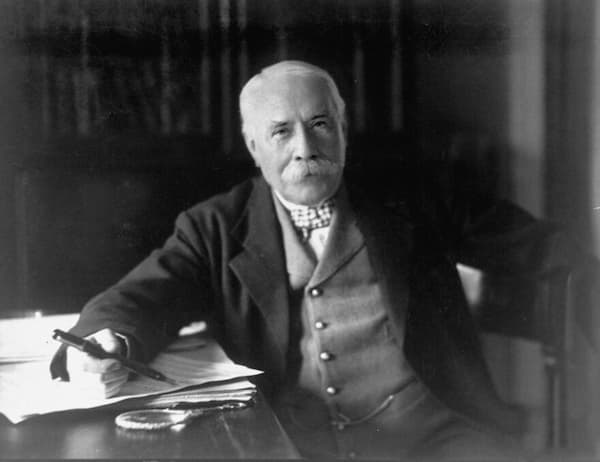
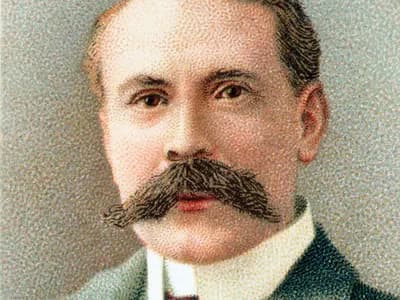
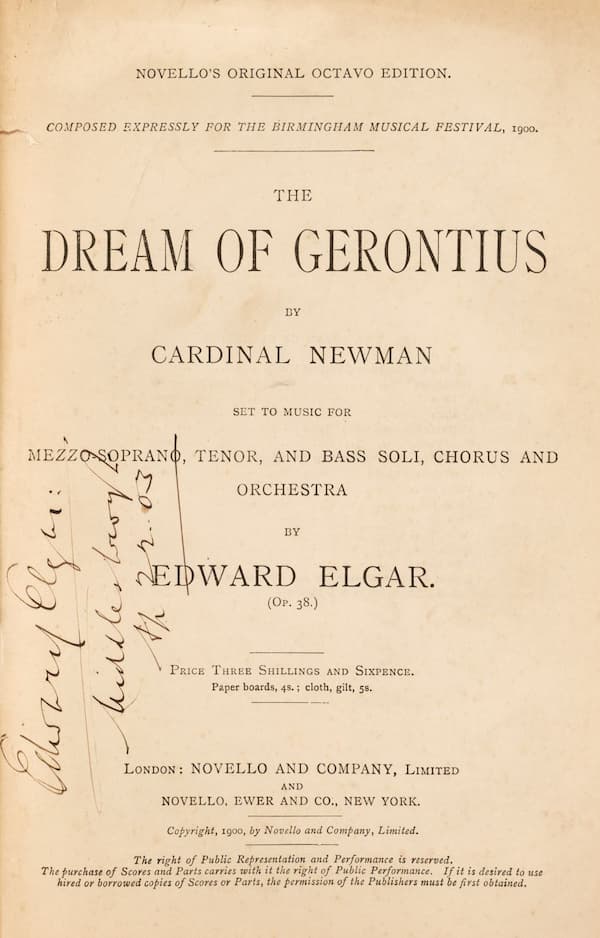
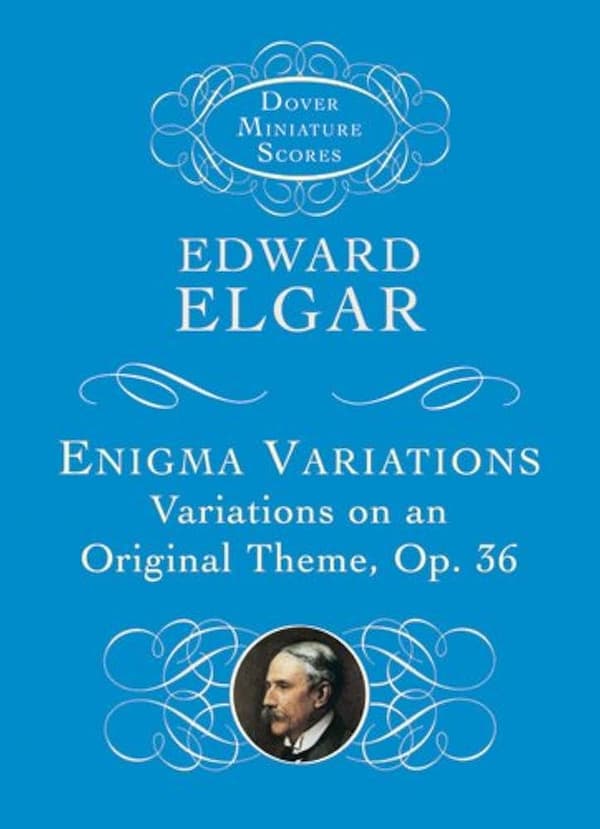
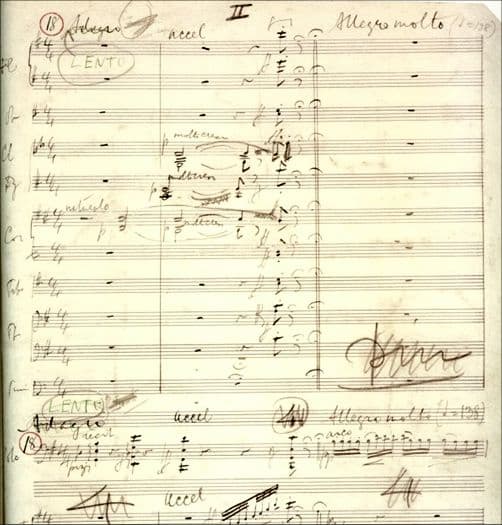
 Music has the power to tug at the heartstrings, and evoking emotion is the main purpose of music – whether it’s joy or sadness, excitement or meditation. A certain melody or line of a song, a falling phrase, the delayed gratification of a resolved harmony – all these factors make music interesting, exciting, calming, pleasurable and moving.
Music has the power to tug at the heartstrings, and evoking emotion is the main purpose of music – whether it’s joy or sadness, excitement or meditation. A certain melody or line of a song, a falling phrase, the delayed gratification of a resolved harmony – all these factors make music interesting, exciting, calming, pleasurable and moving.